The Ultimate South America Travel Guide
Travel Guides
Travel Guides

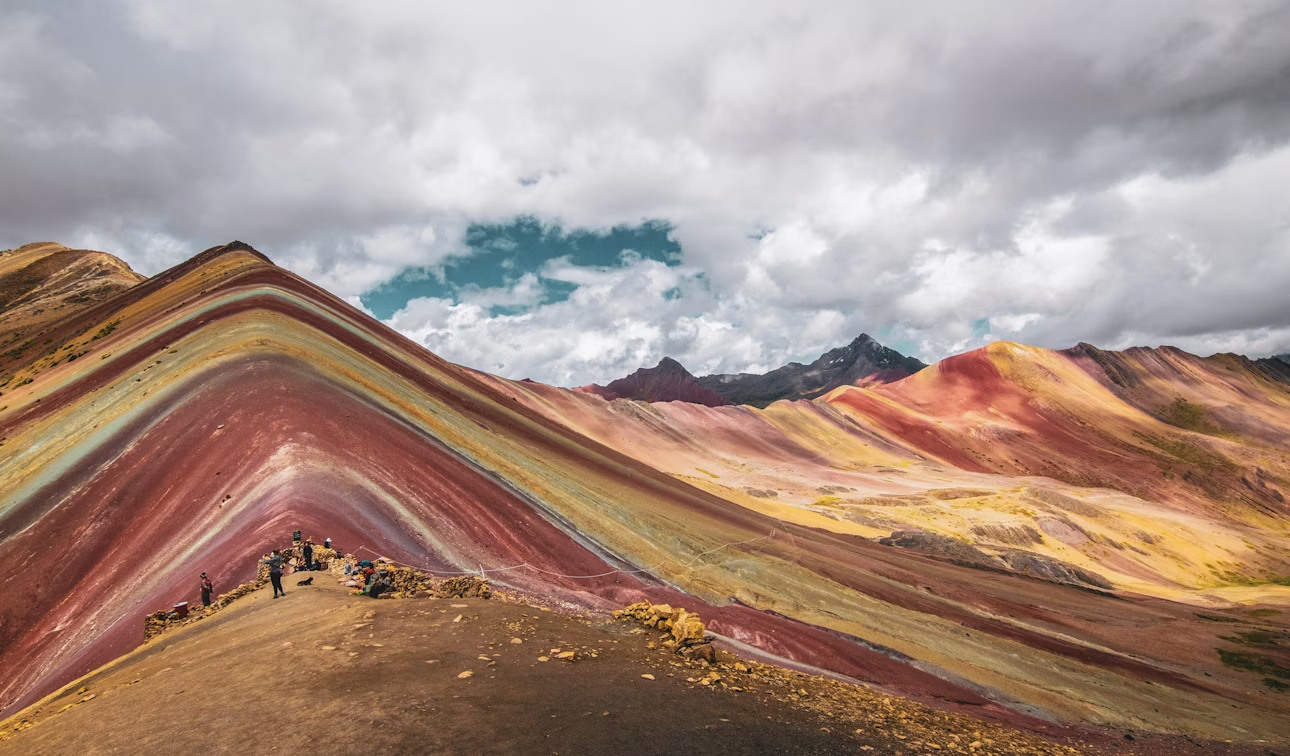
South America is a continent of extremes: from the snow-capped Andes to the lush Amazon rainforest, the Patagonian glaciers to the sun-soaked beaches of Brazil. Whether you’re planning to backpack across multiple countries or explore one region, South America offers adventure, history, culture, and some of the most spectacular natural wonders on the planet.
This comprehensive guide will cover everything you need to know about travelling South America, including visa requirements, safety tips, transport options, must-visit destinations, packing essentials, and how to deal with altitude sickness.
There are very few places in the world that combine such diversity in geography, wildlife, and culture as South America. Here’s why it deserves a place on your bucket list:
As the South American continent spans both hemispheres, the best travel time can vary depending on your route:
Please note that you should plan your itinerary around both weather and festivals such as Carnival in Rio, Inti Raymi in Cusco, or Colombia’s Feria de Cali.
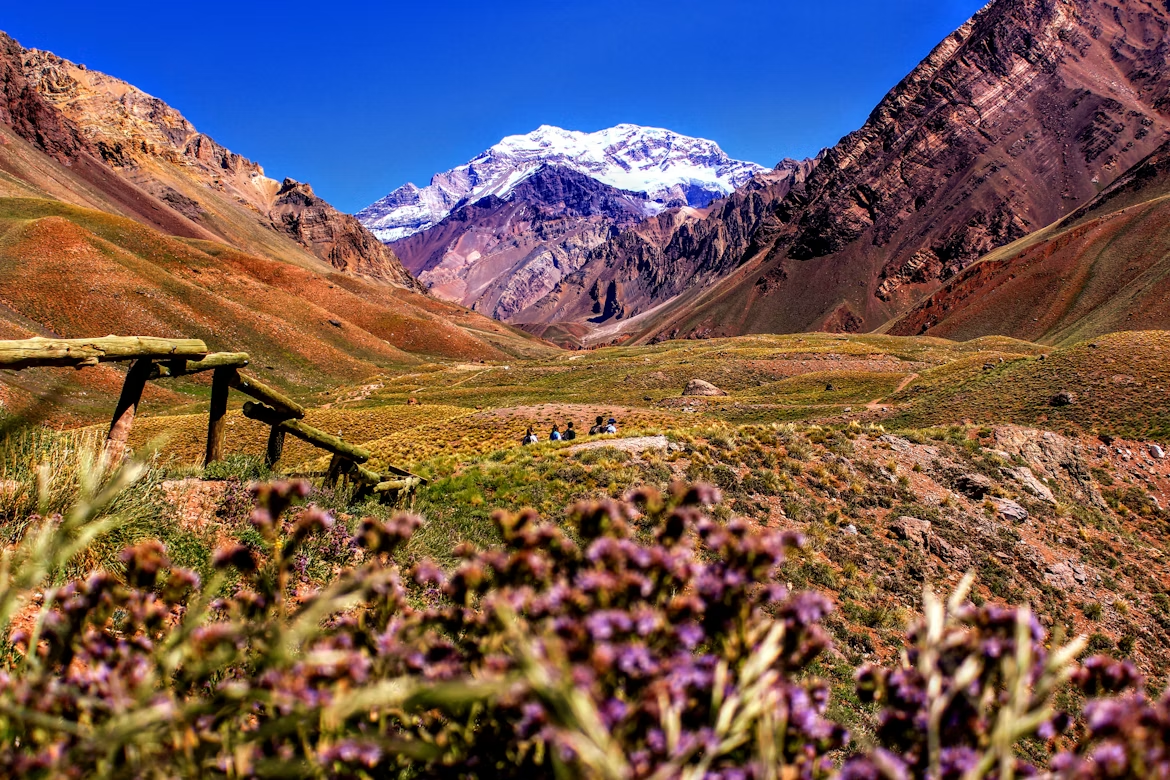
Machu Picchu: bucket-list Inca citadel.
Cusco: Inca capital with cobblestone streets and vibrant markets.
Sacred Valley & Rainbow Mountain.
Lima’s food scene: Peru is a global gastronomic capital.
Salar de Uyuni: World’s largest salt flats, surreal landscapes.
La Paz: A city at 3,600m with cable cars and vibrant street life.
Lake Titicaca: The highest navigable lake in the world.
Buenos Aires: European-style city with tango shows and nightlife.
Patagonia: Torres del Paine, Fitz Roy, Perito Moreno Glacier.
Mendoza: Wine capital with Malbec tastings.
Atacama Desert: Moon Valley, salt flats, stargazing.
Patagonia: Epic trekking in Torres del Paine.
Santiago & Valparaíso: Modern cities with art and culture.
Rio de Janeiro: Christ the Redeemer, Sugarloaf Mountain, Copacabana Beach. Amazon River Cruises.
Iguazú Falls: Massive waterfalls on the border with Argentina.
Cartagena: Colorful colonial city by the sea.
Medellín: Innovative, vibrant city with cable cars and nightlife.
Coffee Region: Tours of fincas and tasting some of the world’s best beans.
Quito: UNESCO World Heritage colonial city.
Galápagos Islands: Wildlife paradise.
Cotopaxi & Quilotoa Loop: Perfect for hikers.
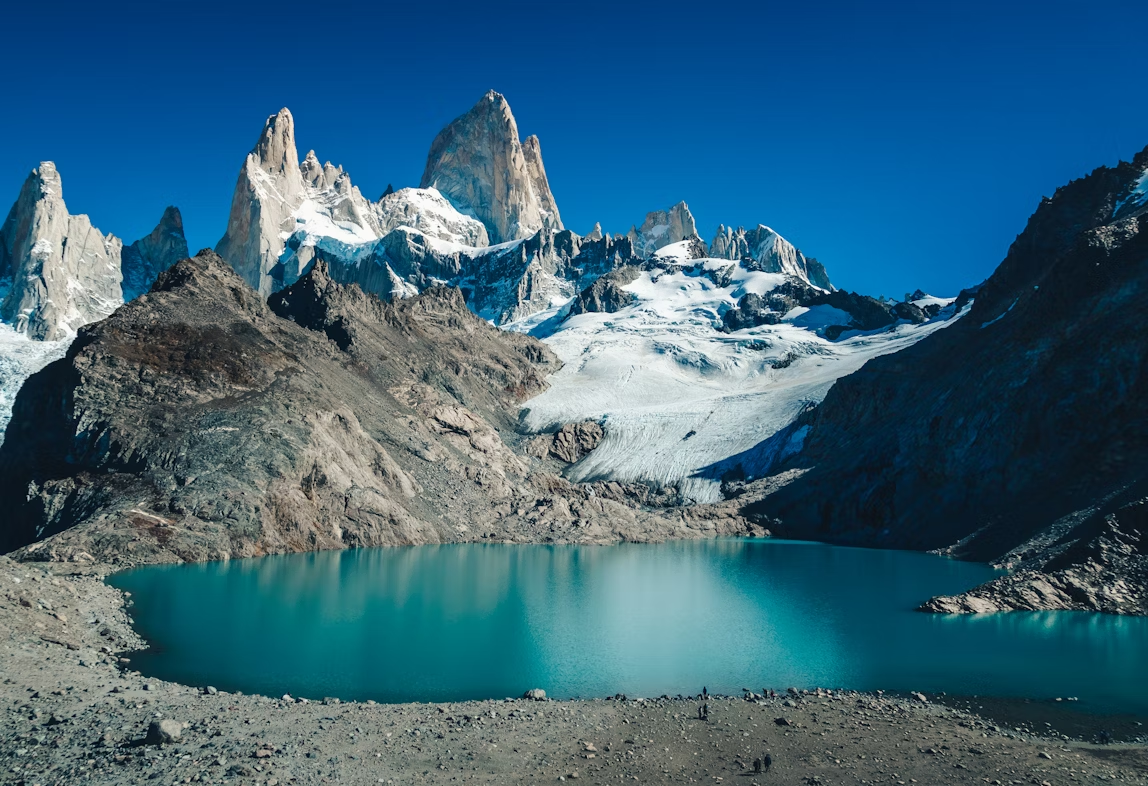
Travelling through South America can be as budget-friendly or as indulgent as you want it to be. Backpackers can typically get by on as little as $25 to $40 per day by staying in hostels, eating at local markets, and taking overnight buses to save on accommodation. Mid-range travelers who prefer boutique hotels, organized tours, and domestic flights should expect to spend between $60 to $100 per day, while luxury travelers embarking on Galápagos cruises, guided hikes in Patagonia, or wine tours in Mendoza can easily spend $300 or more per day. The beauty of South America is that it truly offers something for every budget, and you can mix and match experiences depending on your preferences.
Getting around is part of the adventure. Flights connect major cities, with airlines like LATAM, Avianca and JetSMART dominating the skies, while budget-friendly carriers such as Sky Airline and Gol are perfect for shorter trips. However, buses remain the most popular way to travel between cities. In countries like Chile, Argentina, and Peru, buses are comfortable and affordable, often equipped with reclining seats and meals onboard. They also make for a great way to see stunning landscapes along the route. For shorter trips within cities, ride-hailing apps such as Uber are available in many urban areas, offering a safer and more convenient option than hailing a taxi on the street.
Safety is often a concern for first-time visitors, but South America is generally welcoming and safe when approached with common sense. Petty crime can occur in crowded places, so avoid flashing valuables and keep your belongings close, especially in bus terminals or markets. At night-time, use trusted rideshares or official taxis rather than walking in unfamiliar neighborhoods. It’s also smart to carry photocopies of important documents like your passport, and to remain cautious of common scams targeting tourists in busy areas. With a little awareness, most travelers find that South America feels far less intimidating than its reputation might suggest.
One of the most common challenges when traveling through the Andes (Cusco, La Paz, Quito, Lake Titicaca) is altitude sickness.
It’s also worth spending a couple of nights in lower-altitude cities like Arequipa or Sacred Valley if you can before heading to Cusco or La Paz.
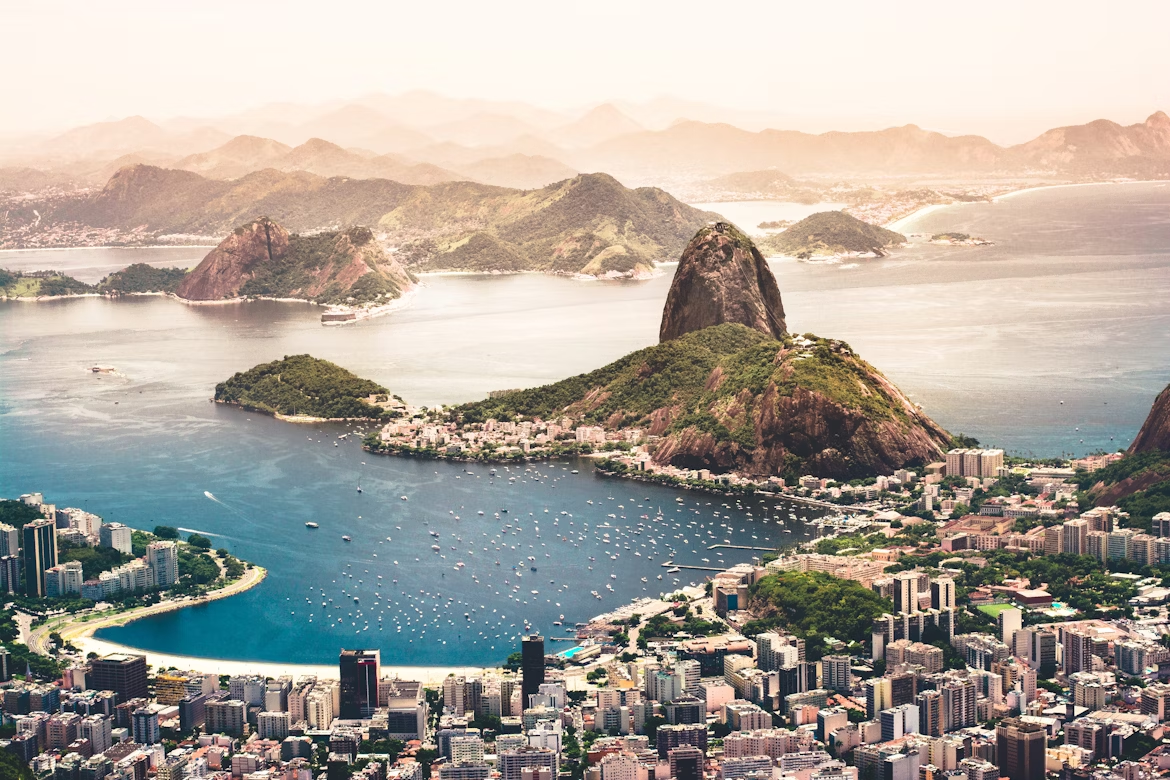
Packing smart is crucial to making the most of your South American trip. Because the weather can change dramatically in a single day, especially in Peru and Chile, you’ll want to bring versatile layers that you can easily add or remove. A sturdy pair of hiking shoes is non-negotiable if you plan to trek to Machu Picchu, explore Patagonia, or tackle any of the continent’s countless trails.
Don’t forget comprehensive travel insurance either; with so many opportunities for adventure sports and remote exploration, it’s a must for peace of mind. Clean drinking water isn’t always guaranteed, so a reusable water bottle with a built-in filter is invaluable, especially if you’re heading off the beaten path. Finally, while ATMs are readily available in most cities, rural areas often run on cash alone, so it’s wise to carry a mix of cards and local currency to stay prepared wherever your journey takes you.
One of the most important things to check before your trip is whether you’ll need a visa for each country on your itinerary. South America is a patchwork when it comes to entry requirements, with policies varying widely depending on your nationality. For travelers from the United States, Canada, the EU, Australia, and New Zealand, many countries such as Argentina, Chile, Peru, Colombia, Brazil, and Ecuador allow short-term visits (usually 30 to 90 days) without a visa. However, some countries require that your passport be valid for at least six months beyond your entry date, so always double-check the fine print before departure.
It’s also worth noting that visa rules can change, and some countries charge reciprocity fees or require online pre-registration even if a full visa isn’t necessary. For example, travelers to Brazil previously needed visas but, as of recent years, short-term stays are often visa-free for many nationalities, though this policy is subject to review. Bolivia, on the other hand, still requires visas for certain travelers, which can sometimes be obtained at land borders but is often easier to arrange in advance.
If you plan on staying longer than the typical tourist allowance, you’ll need to look into visa extensions or alternative permits, which are usually handled through local immigration offices. Overstaying is not recommended, as fines can be steep and may complicate future travel in the region. As a general rule of thumb, always carry copies of your passport and entry stamps, as random checks by police or military are common in some areas.
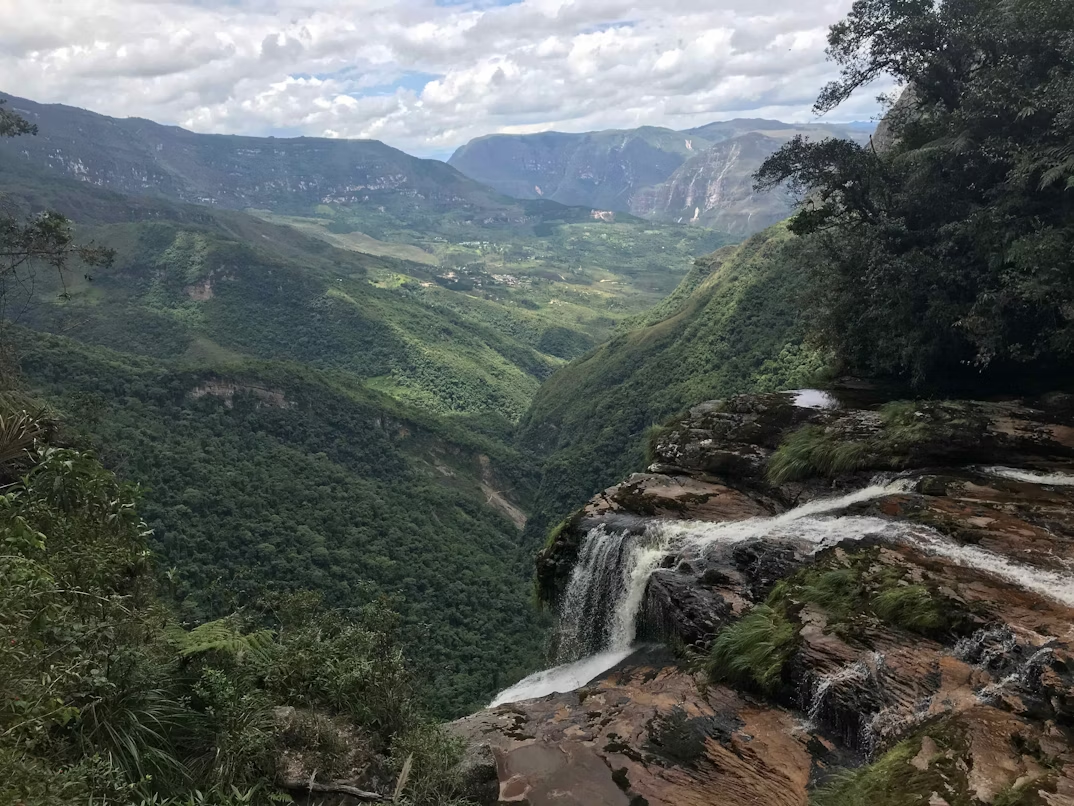
2 Weeks:
Peru & Bolivia: Lima → Cusco → Machu Picchu → Lake Titicaca → La Paz → Uyuni
1 Month:
Brazil, Argentina, Chile: Rio → Iguazú → Buenos Aires → Mendoza → Santiago → Atacama Desert → Patagonia
3 Months:
Colombia → Ecuador → Peru → Bolivia → Chile → Argentina → Uruguay → Brazil
Travelling through South America is not just about ticking off famous landmarks—it’s about immersing yourself in the continent’s vibrant cultures, exploring breathtaking landscapes, and discovering the legendary South American hospitality that makes every journey unforgettable.
Whether you’re trekking in Patagonia, dancing your heart out at Rio Carnival, exploring the ancient ruins of Machu Picchu in Peru, or sipping freshly brewed Colombian coffee in the Andes, this continent delivers some of the best places to visit in South America. From South America backpacking adventures to luxury tours, the region offers truly once-in-a-lifetime experiences that attract travelers from around the world. With its mix of cultural travel, nature travel, and adventure travel in South America, you’ll find endless opportunities for exploration at every turn.